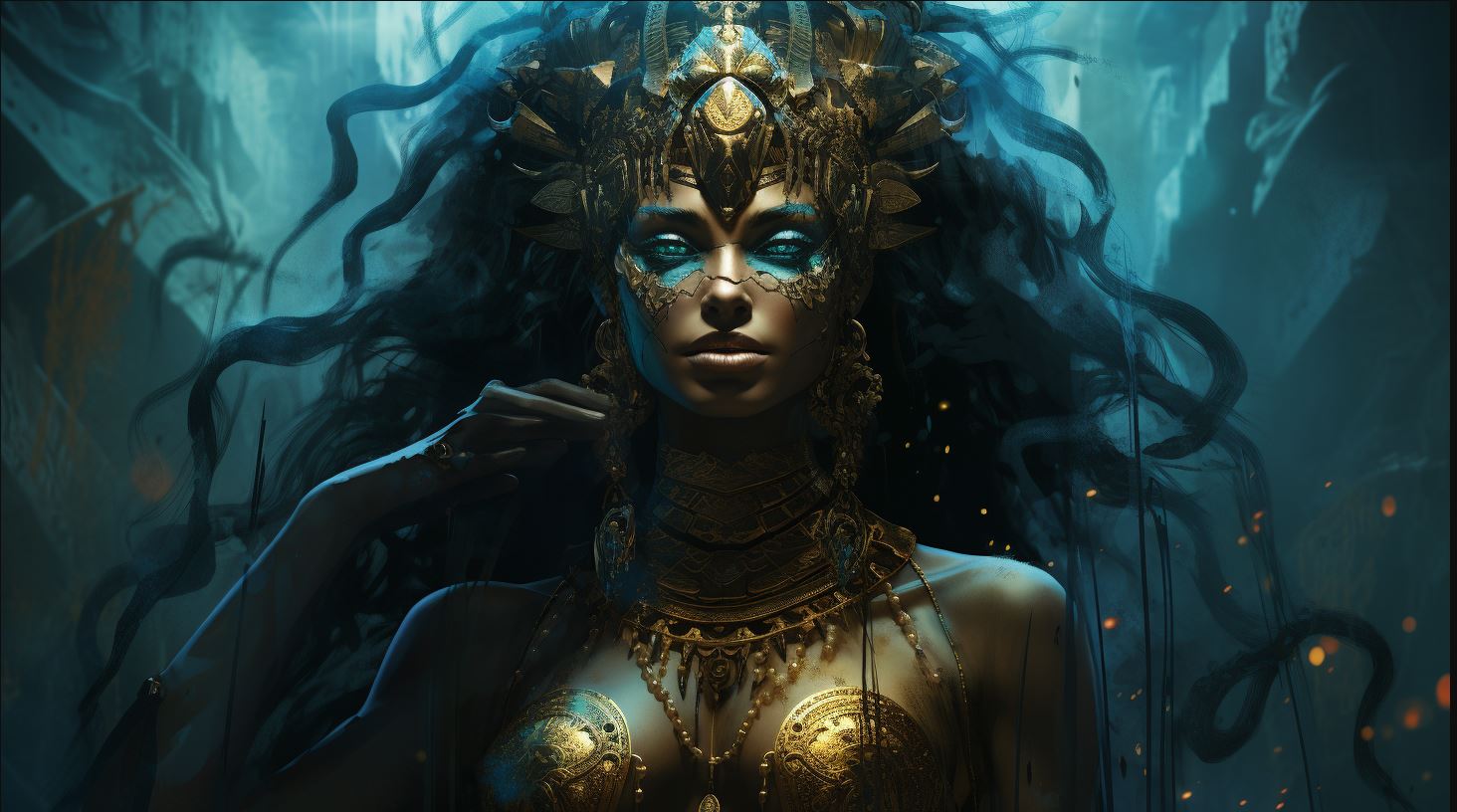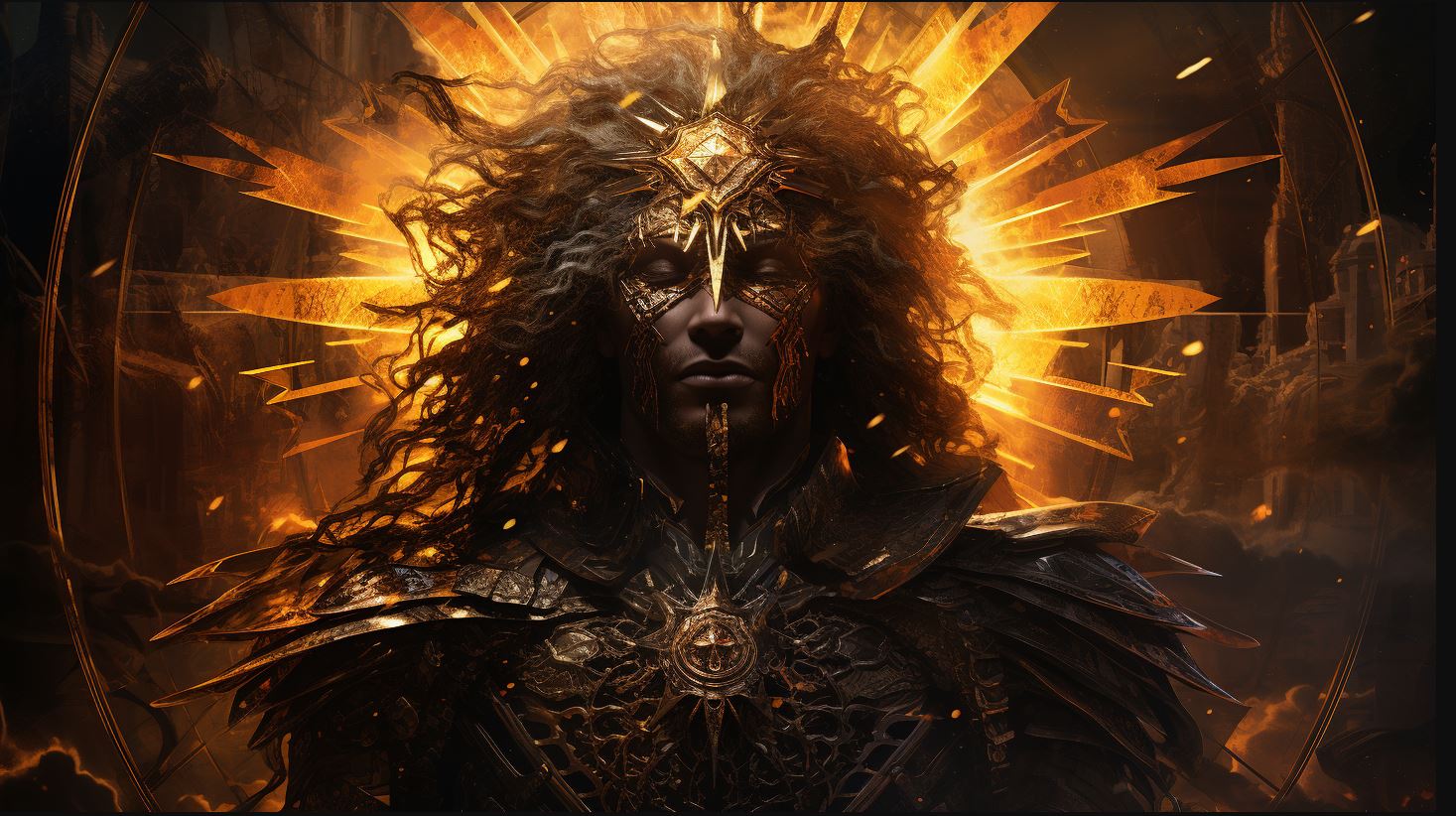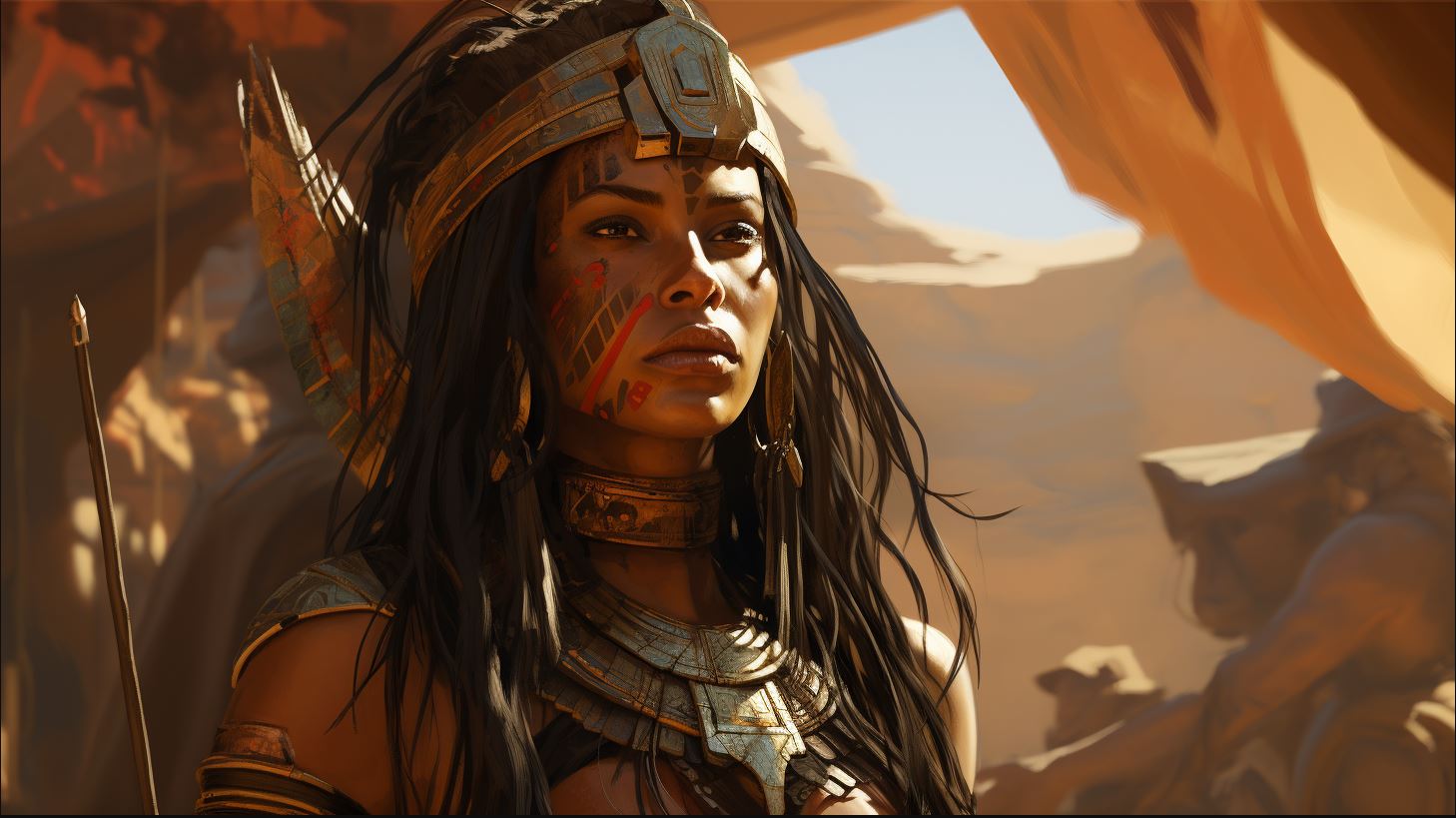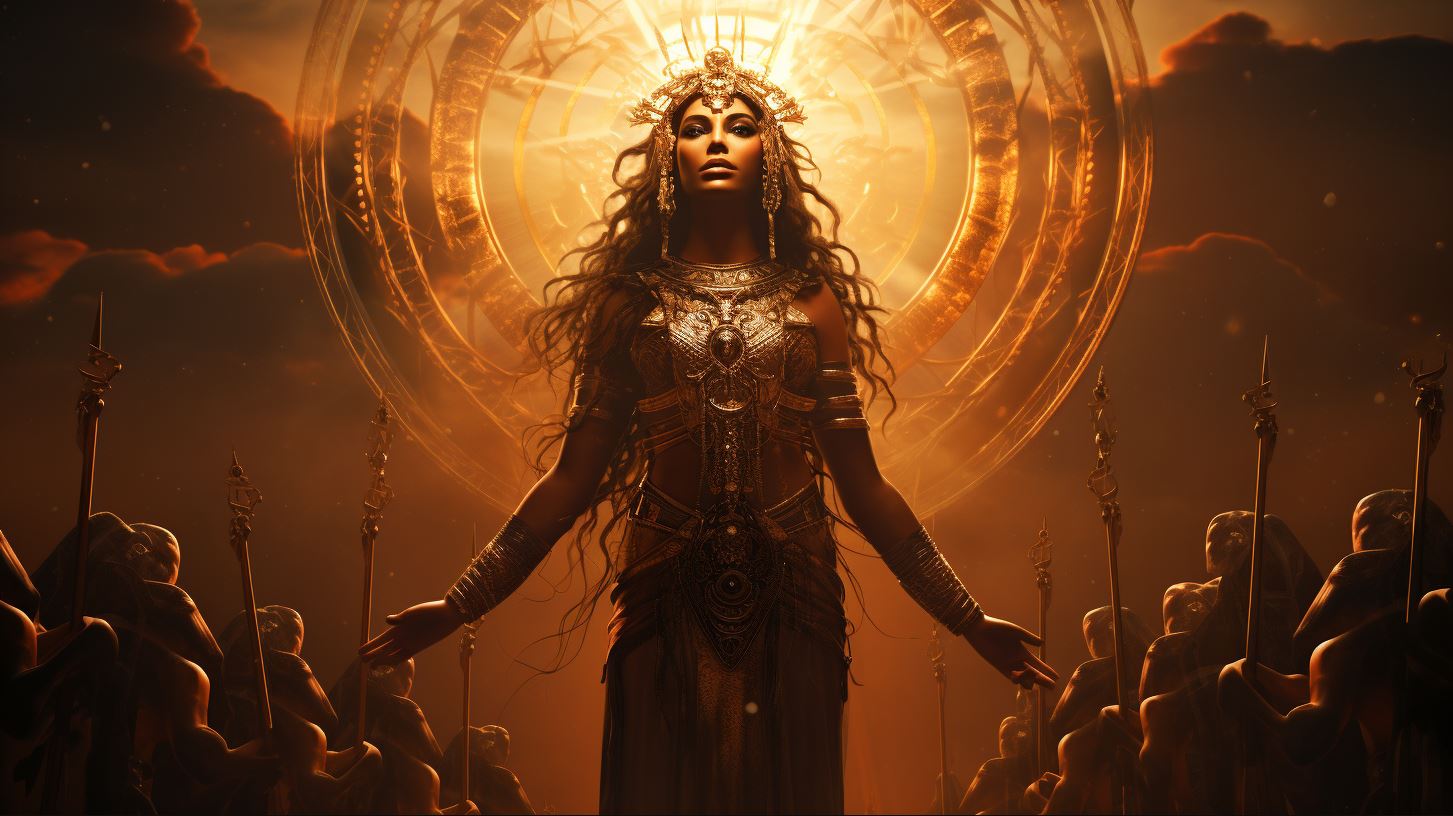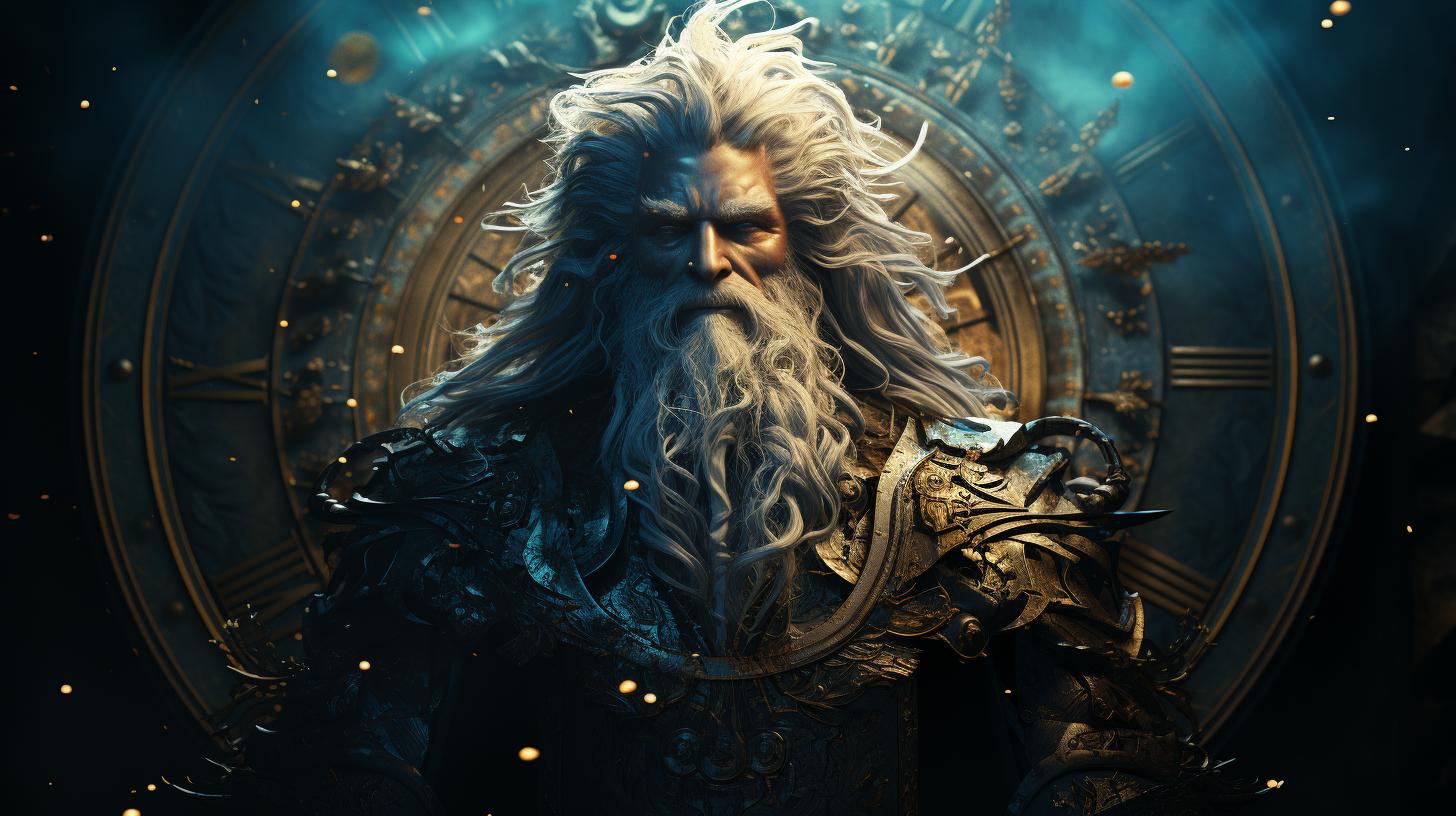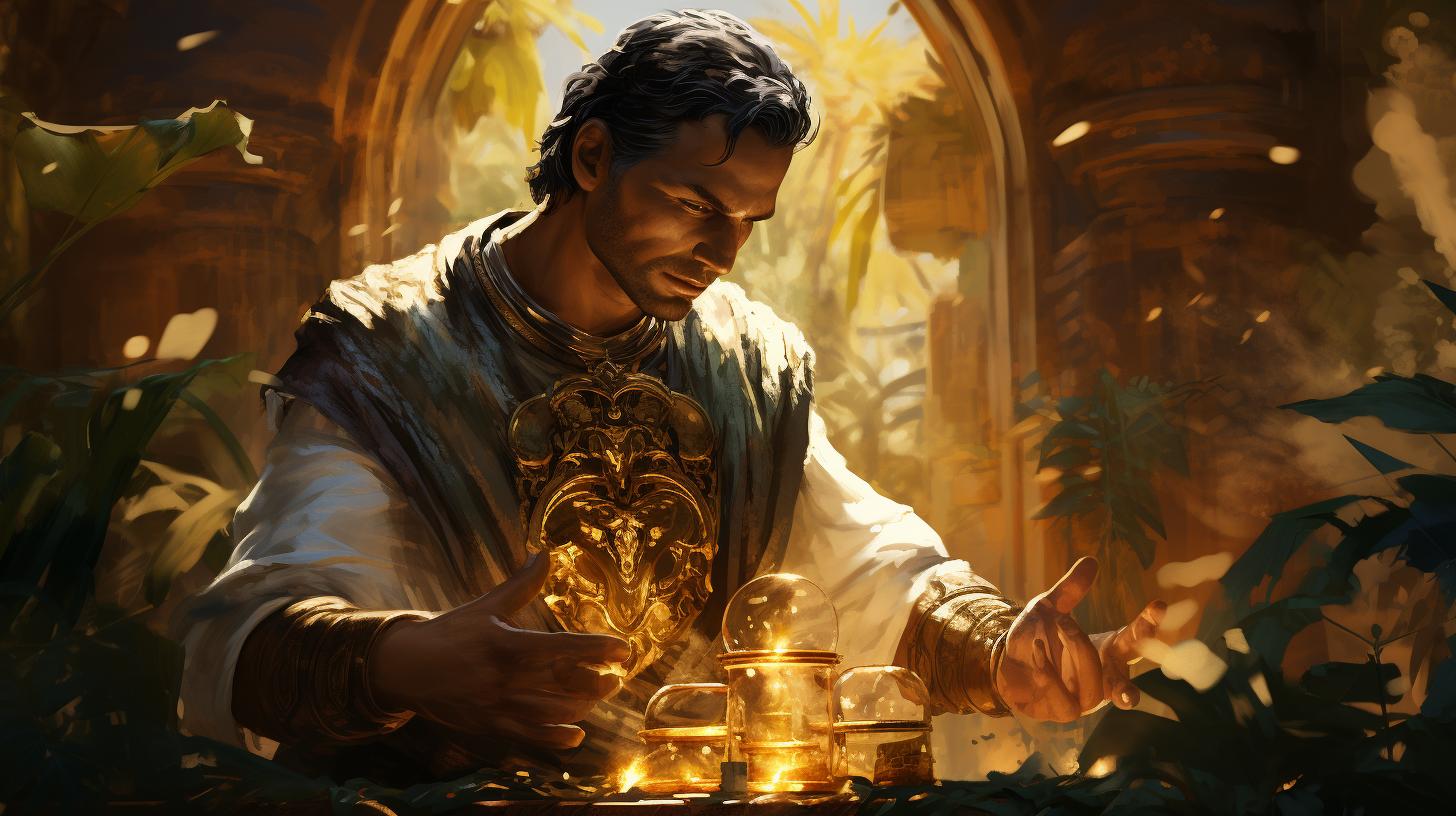Haddad God: Unveiling the Divine Inspiration behind Haddad’s Journey

Haddad God, a prominent deity in the ancient Near East, holds an intriguing place within the religious narratives of the Canaanites. This deity is associated with storm and weather phenomena, symbolizing power and authority.
The worshipping practices and rituals dedicated to Haddad played a significant role in the ancient cultures of the region. Today, Haddad’s legacy continues to captivate scholars and influence modern interpretations within popular culture.
This article explores the origins, symbolism, worship, historical references, and contemporary relevance surrounding Haddad God.
Introduction to Haddad God
Haddad God, a revered deity in the ancient Near East, holds a significant place in religious and cultural history. This section provides an overview of Haddad’s importance, exploring the various aspects of this divine figure.
The Origins of Haddad in Ancient Near East
Delving into the ancient roots of Haddad, this section examines the historical and geographical context that shaped the development of this god in the Near Eastern region.
Haddad: The Canaanite Storm God
In this section, we explore the characteristics and symbolism associated with Haddad as the mighty storm god in Canaanite mythology.
Discover the awe-inspiring power attributed to Haddad and the role he played in ancient cultures.
Haddad in Canaanite Myths and Legends
Unraveling the rich tapestry of Canaanite mythology, this section focuses on the captivating myths and legends that feature Haddad. Explore the narratives and stories that offer insights into Haddad’s significance and influence.
Haddad and Other Gods in Ancient Near East
Examining the complex pantheon of gods in the ancient Near East, this section highlights Haddad’s relationships and interactions with other deities. Gain an understanding of Haddad’s place among the divine beings worshipped in the region.
Haddad: God of Kings and Deities
Haddad’s close connection to kingship elevated him to a prominent position in the pantheon of ancient Near Eastern gods. He was often depicted as the patron deity of kings, bestowing them with strength, wisdom, and divine favor.
The belief in Haddad’s divine right to empower and guide rulers played a crucial role in the political and religious landscape of the time.
Haddad in Relation to Other Deities
In addition to his association with kingship, Haddad’s interactions and relationships with other deities were of great significance. Ancient texts and myths reveal interesting narratives of alliances and conflicts between Haddad and gods from different pantheons.
Haddad’s interactions with other deities shed light on his multifaceted nature and the intricate dynamics of the ancient Near Eastern religious beliefs.
Haddad’s Symbolism in Ancient Near Eastern Cultures
The symbolism surrounding Haddad in ancient Near Eastern cultures was rich and meaningful. His association with storms, thunder, and rain represented his power over the natural elements and symbolized fertility, abundance, and the cyclical nature of life.
Haddad’s symbolism extended beyond the realm of weather, encompassing concepts such as renewal, strength, and resilience, which held deep cultural and religious significance in the ancient Near East.
The Worship and Rituals of Haddad God
The worship and rituals dedicated to Haddad God played a significant role in the ancient Near Eastern cultures that revered him.
This section explores the temples, offerings, sacrifices, festivals, and celebrations associated with Haddad and his worshipers.
The Temples and Sanctuaries of Haddad
Haddad God was venerated in numerous temples and sanctuaries across the ancient Near East. These sacred spaces served as focal points for believers to gather, seek blessings, and offer their devotion.
The temple, with its grandeur and sacred aura, attracted pilgrims from far and wide who sought Haddad’s favor and protection. The sanctuaries of Haddad also served as centers for religious ceremonies and performances, where priests and devotees performed rituals to honor the mighty storm god.
Offerings and sacrifices were integral parts of worshiping Haddad God. Devotees presented a variety of offerings to show their devotion and seek divine favor. These offerings included grains, fruits, wine, and livestock.
The act of sacrifice was seen as a way to establish a connection with Haddad, express gratitude, and request blessings or protection.
Priests played a crucial role in overseeing these rituals and ensuring their proper execution.
The offerings and sacrifices were often performed in designated areas within the temples or sanctuaries, under the guidance of experienced priests. Participants in the rituals believed that their offerings would reach Haddad and elicit a favorable response.
Festivals and Celebrations in Honor of Haddad
The worship of Haddad was punctuated by vibrant festivals and celebrations that were conducted at specific times of the year. These festive occasions allowed communities to come together, express their shared devotion, and celebrate the greatness of Haddad God.
One prominent festival dedicated to Haddad was the “Festival of Storms,” which marked the beginning of the storm season. During this grand celebration, believers gathered to honor Haddad’s power and to seek his blessings for abundant rainfall and fertility.
The festival featured colorful processions, music, dances, and performances that exuded joy and reverence.
Haddad Festival Processions:
Ritual Dances and Music:
The processions during Haddad festivals were a spectacular sight. Participants donned vibrant costumes, carrying symbolic representations of Haddad’s attributes, such as thunderbolts and rainclouds. They paraded through the streets, enlivening the atmosphere with their rhythmic chants and lively music.
Dances and music were integral to the festivities dedicated to Haddad. Performers showcased traditional dances and played musical instruments, creating an immersive experience for the worshipers. These rhythmic expressions were believed to invoke Haddad’s presence and please him.
The festivals honoring Haddad served not only as religious gatherings but also as social events that fostered unity, joy, and a sense of shared identity among the worshipers. They exemplified the devotion and deep-seated belief in Haddad’s power and benevolence that persisted throughout the ancient Near Eastern cultures.
Haddad God in Historical Texts and Artifacts
In exploring the rich historical heritage of Haddad God, we delve into ancient texts, archaeological discoveries, and artistic representations that provide valuable insights into this prominent deity. Let us unravel the fascinating depictions of Haddad, the discoveries associated with Haddad God, and the influence of this divine figure on the art of the ancient Near East.
Haddad’s Depictions in Ancient Texts
Ancient texts have provided us with a glimpse into the visual representations of Haddad. These texts mention the attributes and symbols associated with Haddad, allowing us to construct an image of this powerful storm god.
Descriptions often portray Haddad adorned with regal attire, holding thunderbolts in his hands, and clad in a magnificent robe that symbolizes his authority over storms and weather.
Archaeological Discoveries Related to Haddad God
Archaeological excavations have unearthed remarkable artifacts that shed light on Haddad’s worship and significance in ancient societies.
These discoveries include magnificent statues, intricate amulets, and engraved tablets depicting scenes from Haddad’s mythology. They provide tangible evidence of the veneration and widespread influence of Haddad across the ancient Near East.
Haddad’s Influence in Ancient Near Eastern Art
The artistic expressions of the ancient Near East vividly showcase the profound influence of Haddad God. Sculptures, murals, and reliefs prominently feature Haddad, often alongside other deities, highlighting his importance in the pantheon.
The intricate details and grandeur of these artworks serve as a testament to the cultural significance and reverence bestowed upon Haddad in the artistic traditions of civilizations such as the Canaanites and Assyrians.
As we piece together the evidence from historical texts, archaeological findings, and ancient artworks, a captivating narrative of Haddad God’s prominence emerges. Join us on this journey as we unravel the fascinating historical accounts and material evidence that illuminate the enduring legacy of Haddad God in the ancient Near East.
Modern Interpretations and References to Haddad God
Haddad God in Popular Culture
Haddad, the ancient storm god, has found a place in various forms of popular culture, capturing the imaginations of artists, writers, and filmmakers. From epic fantasy novels to blockbuster movies, Haddad’s divine power and awe-inspiring presence continue to inspire creative minds.
Songs and music videos also pay tribute to Haddad, depicting his strength and fierce nature through powerful lyrics and visual imagery. His role as a symbol of strength, transformation, and protection makes Haddad a captivating figure in modern artistic representations.
- Haddad in fantasy literature: Many fantasy authors have drawn inspiration from Haddad’s mythological persona, incorporating elements of his story and attributes into their own narratives.
- Depictions in visual arts: Paintings, sculptures, and digital art often feature faithful renderings of Haddad, capturing the essence of this ancient deity in mesmerizing detail.
- References in movies and TV shows: Haddad’s mythological importance makes him a compelling character in cinematic and television productions, often bringing his epic tales to life.
Haddad’s Legacy and Influence Today
While Haddad was worshipped in ancient times, his influence and legacy can still be felt in various aspects of modern society.
His association with power, authority, and natural forces continues to resonate with individuals and communities around the world.
Haddad’s symbolism is often invoked in contemporary discourse, representing resilience, adaptability, and the ability to weather life’s challenges.
From motivational speeches to leadership seminars, Haddad’s legacy serves as a source of inspiration for personal growth and success.
Similarities and Comparisons with Other Deities
Exploring Haddad’s role in the ancient Near East inherently invites a comparison with other deities worshiped in neighboring cultures. Drawing connections between Haddad and other gods allows us to gain a deeper understanding of their shared attributes and regional variations in religious practices.
- Haddad and Baal: These two storm deities share similarities in their associations with thunder, rain, fertility, and divine kingship. Studying their parallels helps unravel a complex tapestry of shared religious beliefs in the ancient Near East.
- Haddad and Zeus: Drawing a cross-cultural comparison, Haddad’s characterization as a storm god resonates with Zeus, the Greek deity associated with thunder and lightning.
Examining the similarities and differences between these figures sheds light on the universal awe and reverence bestowed upon these powerful gods.
- Haddad and Indra: In Hindu mythology, Indra holds a similar role as a deity of storms and weather.
By exploring the connections between Haddad and Indra, we unlock fascinating insights into the cross-cultural significance of these gods and their impact on different societies.
As we delve into Haddad’s modern interpretations, his enduring legacy, and the comparative study of similar deities, we continue to unravel the fascinating complexities of ancient religious beliefs and their influence on contemporary culture.
…












